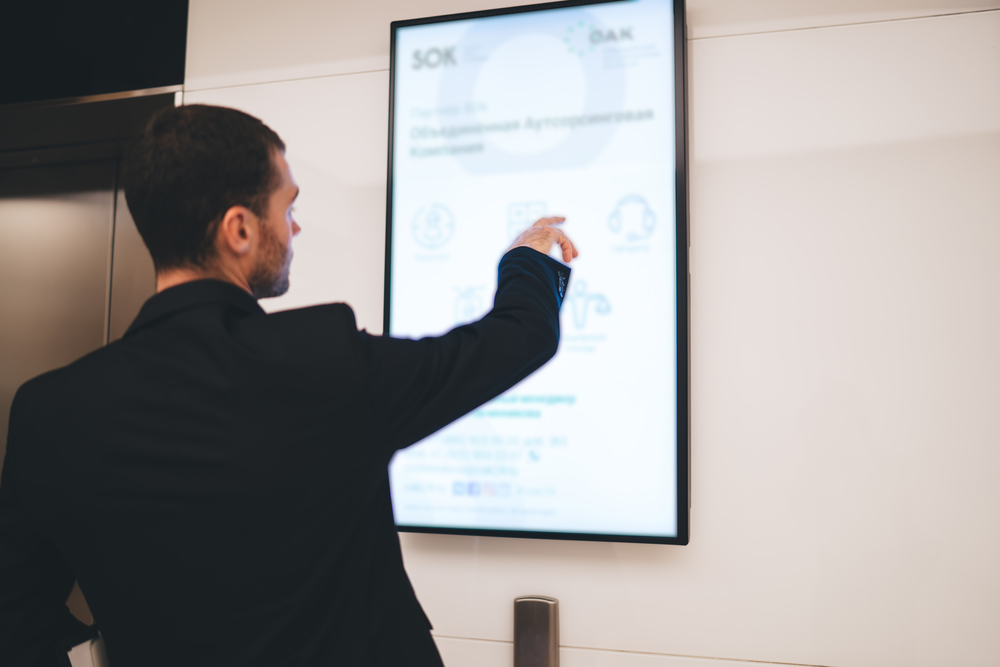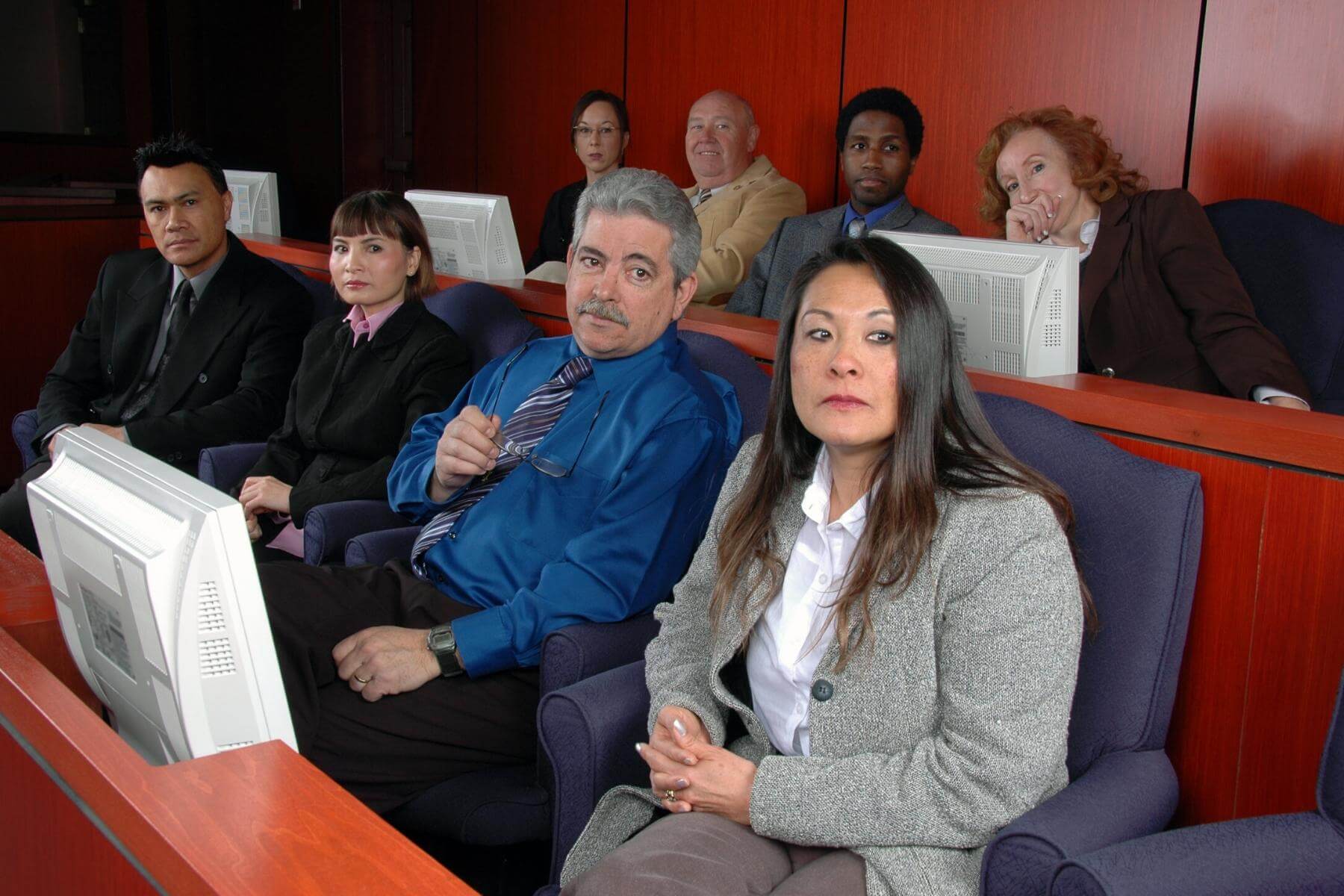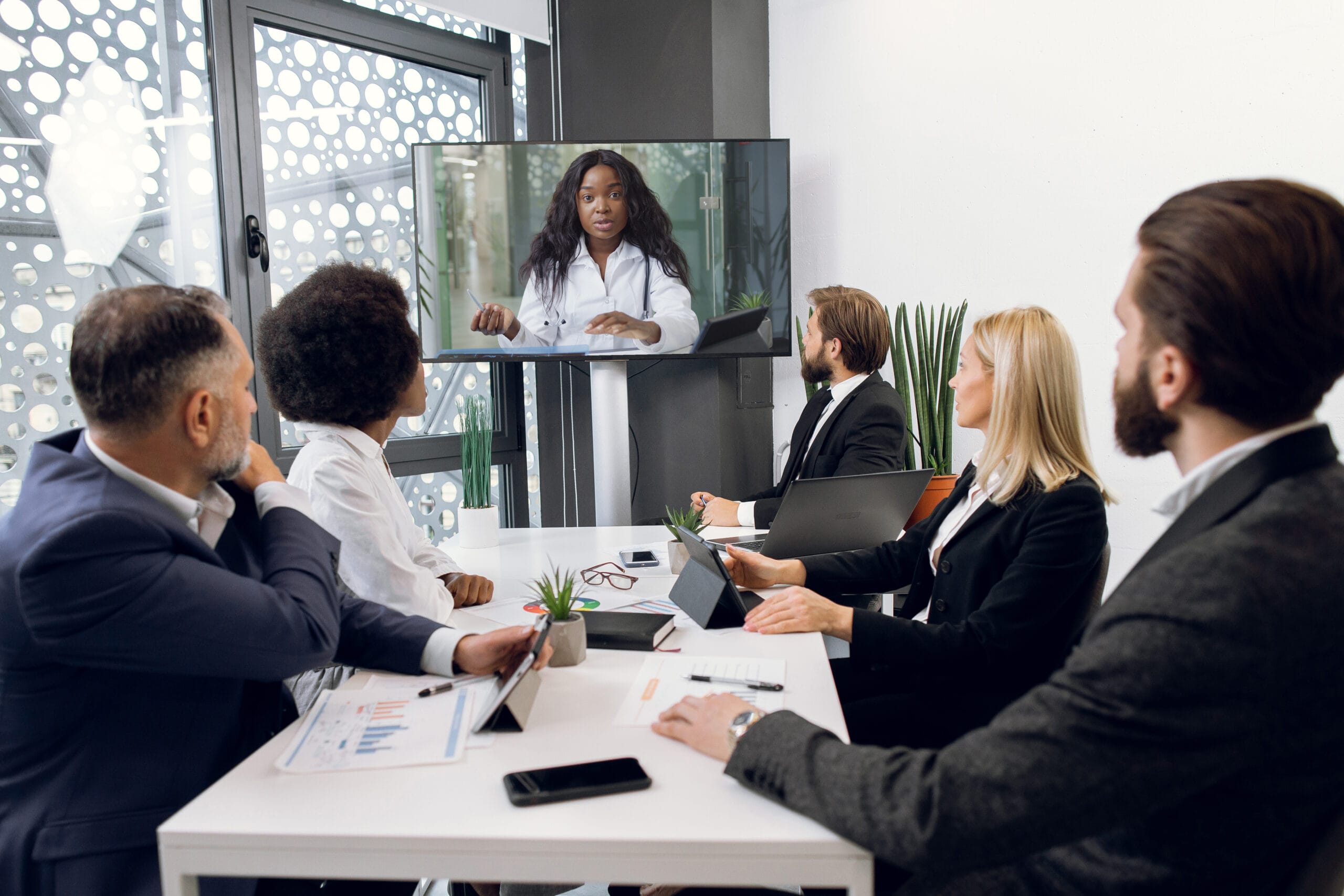How Test Presentations Enhance Your Argument and Convince Jurors
Trial presentations serve as a crucial mechanism for improving lawful debates and persuading jurors. The tactical usage of visuals not only clears up intricate information yet additionally records jurors' interest more efficiently than words alone.

Importance of Visual Help
Aesthetic aids play an important role in improving the performance of test discussions, as they can substantially enhance target market engagement and retention of details. In the context of a test, where jurors are charged with processing complicated details, visual help serve to simplify and clarify bottom lines. Graphes, graphs, and photos can communicate information and principles that may or else overwhelm or confuse jurors, enabling for a much more straightforward understanding of the evidence presented.
Furthermore, aesthetic aids help in preserving juror attention throughout the proceedings. By breaking the monotony of spoken statement, these devices can stress crucial disagreements, making them more remarkable. Reliable visual help can also evoke emotional responses, which can be critical in persuading jurors to straighten with the speaker's story.

Crafting Compelling Narratives
A compelling story is necessary in test presentations, as it works as the foundation of efficient persuasion. It permits lawyers to weave with each other truths, proof, and emotional components into a coherent story that resonates with jurors. This narrative structure enables jurors to comprehend the complexities of the instance while assisting them with the lawyer's argument.
To craft an engaging story, lawyers ought to concentrate on clearness and coherence. In addition, the use of vivid descriptions can produce psychological images that aid jurors envision the events, making the story a lot more remarkable.
Furthermore, incorporating vital themes throughout the discussion strengthens the core message and help in retention - trial presentations. The story must not only communicate details but also stimulate a sense of justice, highlighting the risks entailed. Eventually, a well-constructed story fosters a connection between the jurors and the situation, placing the attorney's disagreement as both credible and compelling, consequently increasing the chance of a beneficial verdict

Engaging the Court Emotionally
Effective jury engagement rests on the lawyer's capacity to connect with jurors on a psychological level. This connection can considerably affect jurors' perceptions and their ultimate decision-making. Utilizing sob stories allows attorneys to humanize the case, changing abstract legal principles into relatable experiences. By offering real-life stories or reviews, lawyers can stimulate compassion and compassion, promoting a much deeper understanding of the concerns at risk.
Visual aids, such as pictures or videos, can additionally enhance emotional involvement, offering jurors with brilliant representations of the case's human aspects. Crafting a story that highlights the battles and accomplishments of the people entailed makes certain that jurors see beyond the legal debates and acknowledge the human consequences of their decisions.
Furthermore, tone and body language play a crucial role in conveying emotion. A lawyer's passionate delivery can resonate with jurors, enhancing their psychological financial investment in the case. It's necessary to stabilize sob stories with accurate evidence, making sure that jurors feel forced to act while continuing to be based in the fact. Inevitably, a mentally involved jury is more probable to be convinced, making psychological link click to read more an important part of reliable test presentations.
Structuring Your Discussion

The body of the presentation must be rationally segmented right into crucial points, each sustained by compelling evidence. It is valuable to utilize narration techniques to weave realities into a story that jurors can conveniently comply with. Aesthetic help, such as charts and video clips, can enhance comprehension and interaction, assisting to highlight essential items of proof.
Real-World Study
Analyzing real-world study offers vital understandings right into the art of test discussions and persuasion. For example, the spots instance of "O.J. Simpson v. The People of California" illustrates exactly how aesthetic aids and engaging narratives can sway court understandings. The defense group efficiently utilized an approach that integrated top-level expert testaments with multimedia presentations, which astounded jurors and inevitably influenced their decision.
One more significant instance is the "McDonald's Coffee Case," where the plaintiff's lawyers used visuals images of the injuries sustained by Stella Liebeck. trial presentations. This stark aesthetic evidence played an essential function in conveying the extent of her burns, causing a substantial court honor. Such instances demonstrate that impactful trial discussions commonly depend upon the efficient combination of visuals and storytelling to stimulate emotional reactions from jurors
In addition, the "Casey Anthony Trial" highlighted the relevance of narrative coherence and reliability. The prosecution's failing to establish a compelling timeline diminished their convincing power, highlighting the web link requirement of a well-structured discussion. Evaluating these cases exposes that effective trial discussions click this site require tactical planning, emotional engagement, and the ability to resonate with jurors' values and ideas.
Final Thought
Trial presentations considerably improve debates and convince jurors via the tactical use of visual help, compelling stories, and emotional interaction. A well-structured presentation balances emotional appeals with factual evidence, eventually reverberating with jurors' worths.